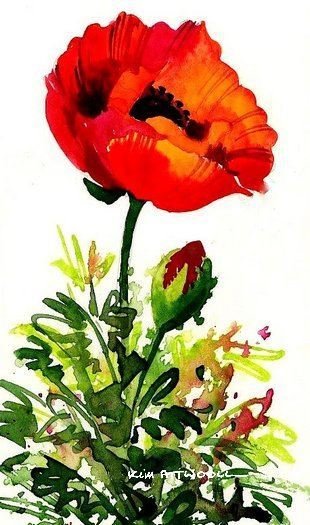- HandmadeCardsbyKim
- Greeting Card Printing
- Choosing the Right Paper
Simple Secrets for Printing Greeting Cards that Look Exquisite
|
The most valuable tip for printing greeting cards well is to use the best quality media that's available. Even if you have an excellent printer, the results will only be mediocre if you use regular inkjet paper and worse if you use plain paper. Incorrect choice of papers is the most common reason for people being dissatisfied with the quality of their printouts. |
Modern pigment based inks are well known for their superior qualities of longevity, smudge and water resistance. What's so often overlooked, is that those characteristics are based on using the correct inkjet printer paper.
This special paper is known as inkjet photo paper even though its name doesn't always indicate that.
While it's understandable to balk at the price of inkjet photo papers, if you think about the cost per sheet relative to the cost of a store bought greeting card, it puts everything in perspective when you're printing greeting cards.
See for yourself with this simple test
Buy a small package of premium inkjet photo paper at your local office supplies store. Print a copy of your card on plain inkjet paper and another on the premium paper. You'll be amazed at how the colors come alive on the premium paper!
I'll show you how you can easily print 9 copies of an image on a single sheet if you use the ClassyCard™ or UniqueCard™ printing options!
Good paper is a bargain and it will make your work shine!
Some Important
Considerations
Paper or Card?.....
There are many downloads available for printing greeting cards that are designed to go on letter size paper that you then fold into quarters. For this type of card, you need to work with a lightweight photo quality inkjet paper. Epson has a product that is perfect for this, Presentation Paper.The paper weight is 27lb, which is like a high quality bond paper.
If you want to use card stock, again Epson has two excellent products. Premium Presentation Paper and Ultra Premium Presentation Paper. Both these products are available in gloss, luster and matte.
The Premium is 9 mil or 44lb and the Ultra is 10.3 mil or approximately 50lb. Both these will easily pass as card stock and look much more sophisticated than a folded paper card.
Both papers have good archival qualities but the Ultra is better and should be used for framing purposes.
You might be wondering why I haven't mentioned any other brands. It's simply because I know these papers work for me. Perfect is good enough!
Unless you're reproducing your own artwork, your needs for color accuracy are not as critical and other papers will work for you. The most important specification you should look for is Brightness which shouldn't be less than 90. This affects color vibrancy which we talked about in the printing tips section.
Gloss, Luster or Matte?
This is entirely a matter of choice. I always use matte because it perfectly replicates the look of a watercolor painting.
Experiment and see which look you like best. You may end up using all three.
Commercial grade card stock
If you want to use a heavier card stock, just make sure that the printer you buy will take up to 80lb card stock. You'll need that capability if you want to print a greeting on the inside or some information about yourself on the back.
Unfortunately, printing greeting cards directly onto commercial card stock doesn't work. I've tested scores of samples of card stock from many manufacturers and I've not found one that can be printed on successfully with an inkjet printer, the colors are always muddy. I'll show you how I get around this problem in the card making section.
What you should know about ink
